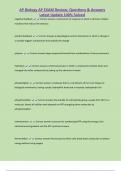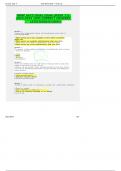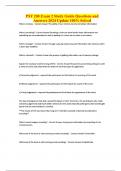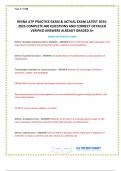Samenvatting
Samenvatting Principles and Practice of Marketing 10/e - Marketing (ECB2MKT)
- Instelling
- Universiteit Utrecht (UU)
Everything you need to know for the marketing exam. You really don't want to read 907 pages, I would know haha... Also, don't worry about that I might have left out something important out because I didn't. Literally, everything you have to know is in there. Only thing I didn't summarize is the ar...
[Meer zien]













